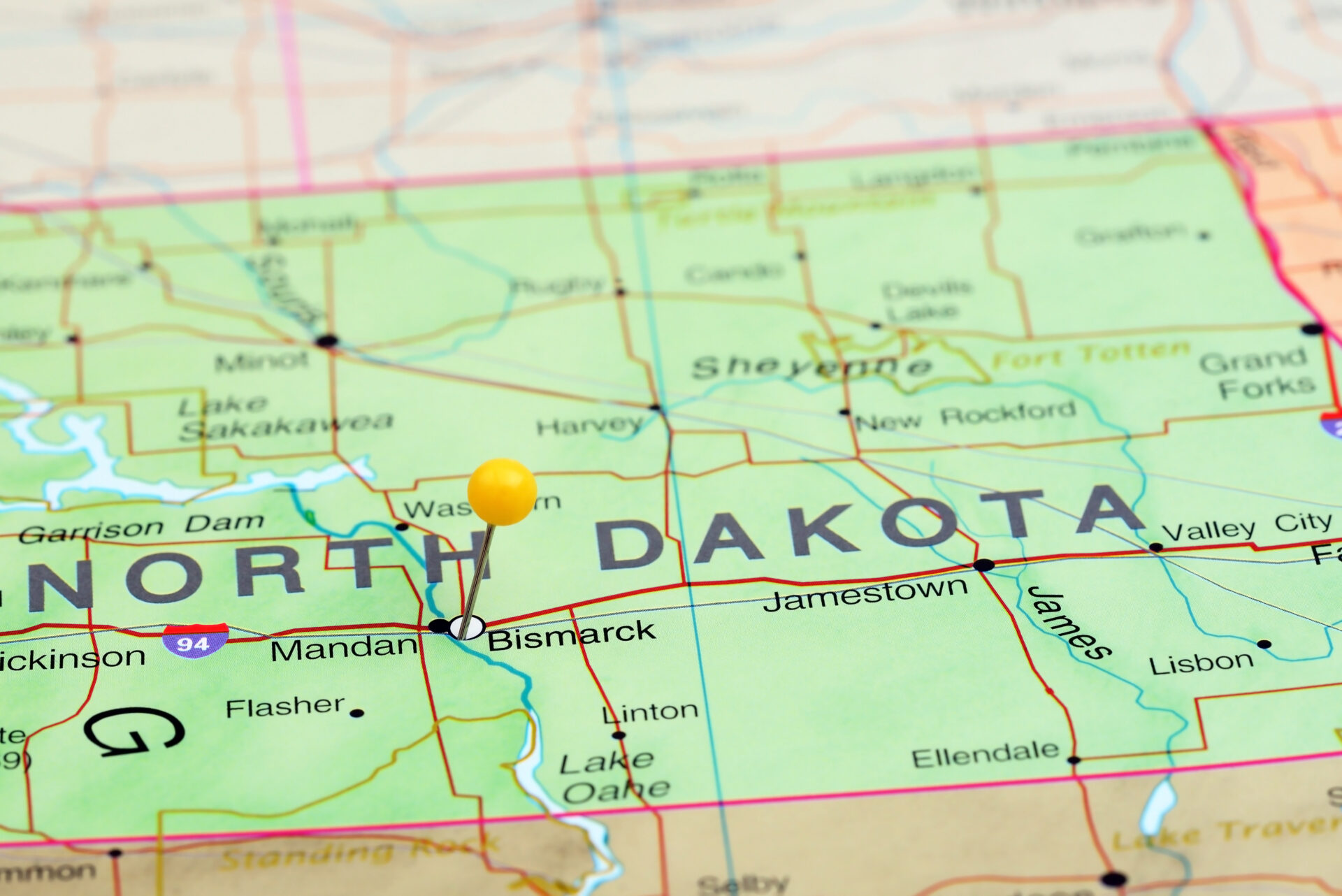CLAIM: The Lakota People’s Law Project published a video – reflecting claims made elsewhere in the media – claiming that members of the Standing Rock Sioux Tribe were not consulted during the planning process of the Dakota Access Pipeline.
“You have the burden to get the free, educated consent of the people who are affected. That absolutely wasn’t the case.” – Steve Martin, CEO, KS Energy.
“My main concern with DAPL is that they basically disregarded Indian input.” – Rodney Bordeaux, President, Rosebud Sioux Tribe.
RATING
False
FACT CHECK
As previously noted, the Standing Rock Sioux Tribe largely refused to participate in the US Army Corps’ exhaustive review of the Dakota Access Pipeline, which included at least 389 meetings and communications with 63 federally recognized Native American tribes. The tribe’s lack of engagement came despite a personal invitation from the North Dakota Indian Affairs Commissioner urging them to participate in the process.
When tribal representatives did finally engage with the Corps, they did not express any fundamental objections to the pipeline. The tribe also declined to participate in or express any concerns during the North Dakota Public Service Commission’s 13-month review of the project.
As recently as last week, the Standing Rock Sioux Tribe was invited to attend and speak at a North Dakota Public Service Commission hearing on the expansion of the Dakota Access Pipeline – just the latest opportunity for the tribe to be heard.
It is important to remember some important facts about the pipeline and its route, commonly referred to as the Lake Oahe route. This path was always the intended and preferred route that was the route included with the pipeline’s permit application to the North Dakota Public Services Commission in December 2014 and was chosen as the final route for the pipeline application as early as September 2014.
The current route has many more advantages to the Bismarck alternative. The Bismarck route would have crossed 27 more waterways, more agriculture land and would have been significantly is longer.
In short, the pipeline developers and state and federal regulators gave tribes countless opportunities to be heard – and pursued the route that would have the least potential impact on the environment.

